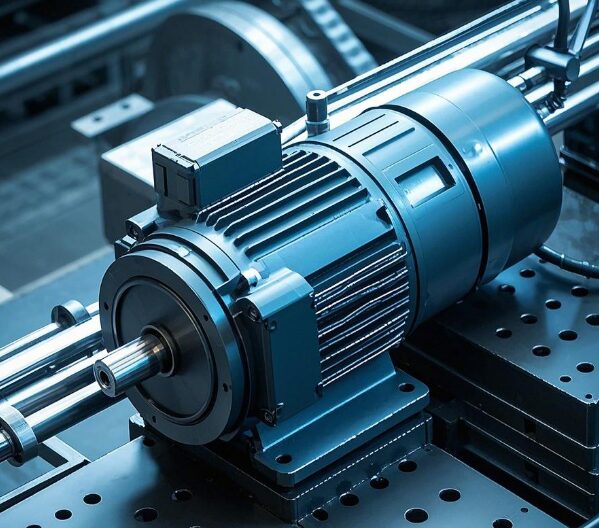
Operating Modes:Operating conditions of the motor;Temperature Rise; Dielectric Properties;Protection Level;Cooling Methods:Motor structure and installation type;Noise Limits;Vibration Limits;Power RatingsOperating modes: This describes the load conditions that the motor can withstand, including starting, electric braking, no-load, power-off standstill, and the duration and sequence of these phases. The operating modes are divided into the following 9 categories: S1 Continuous Operation: Operation under constant load for a time sufficient to reach thermal stability. S2 Short-Time Operation: Operation under constant load for a specified time that is insufficient to reach thermal stability, followed by a power-off period long enough to allow the motor to cool to within 2K of the cooling medium temperature. S3 Intermittent Periodic Operation: Operation in a series of identical work cycles, each cycle includes a period of constant load operation and a period of power-off standstill. The starting current of each cycle in this operating mode does not significantly affect the temperature rise. S4 Intermittent Periodic Operation Including Starting: Operation in a series of identical work cycles, each cycle includes a period of starting time significantly affecting temperature rise, a period of constant load operation, and a period of power-off standstill. S5 Intermittent Periodic Operation Including Electric Braking: Operation in a series of identical work cycles, each cycle includes a starting time, a period of constant load operation, a period of rapid electric braking time, and a period of power-off standstill. S6 Continuous Periodic Operation: Operation in a series of identical work cycles, each cycle includes a period of constant load operation and a period of no-load operation, but no power-off standstill time. S7 Continuous Periodic Operation Including Electric Braking: Operation in a series of identical work cycles, each cycle includes a starting time, a period of constant load operation, and a period of rapid electric braking time, but no power-off standstill time. S8 Continuous Periodic Operation with Variable Speed and Load: Operation in a series of identical work cycles, each cycle includes a period of constant load operation at a predetermined speed, and one or several periods of operation at different speeds under other constant loads, but no power-off standstill time. S9 Non-Periodic Variation of Load and Speed: A non-periodic operating mode where load and speed vary within allowed limits. This operating mode includes frequent overloads, which can far exceed full load. Rated Values: Defined by the manufacturer for motors that meet specified conditions, indicated on the nameplate, including all electrical parameters and mechanical values, as well as their duration and sequence. Ratings are divided into maximum continuous ratings, short-time ratings, equivalent continuous ratings, periodic work ratings, and non-periodic work ratings. Operating Conditions:(Altitude, Ambient Temperature, Relative Humidity) Altitude not exceeding 1000 meters. When the operating location’s altitude exceeds1000 meters or the cooling medium temperature decreases with altitude, the motor’s temperature rise limit should be corrected. The maximum ambient air temperature varies with the season but does not exceed40℃. When the maximum ambient temperature at the operating location is above or below40℃, the motor temperature rise should be corrected. The minimum ambient air temperature is -15℃. However, for motors with power less than600W(orVA) and those with commutators or sliding bearings, the minimum ambient temperature is5℃. For motors using water as a cooling medium, the minimum temperature of water and ambient air is5℃. The relative humidity of ambient air, the average highest relative humidity in the wettest month at the operating location is90%, and the average lowest temperature that month does not exceed25℃.
Previous Content Review:
[Topic] Ground Fixation Precautions for Logistics Equipment
Classification and Development Trends of Industrial Mobile Robots (AGV/AMR)
Analysis of Development of Unmanned Forklift Technology